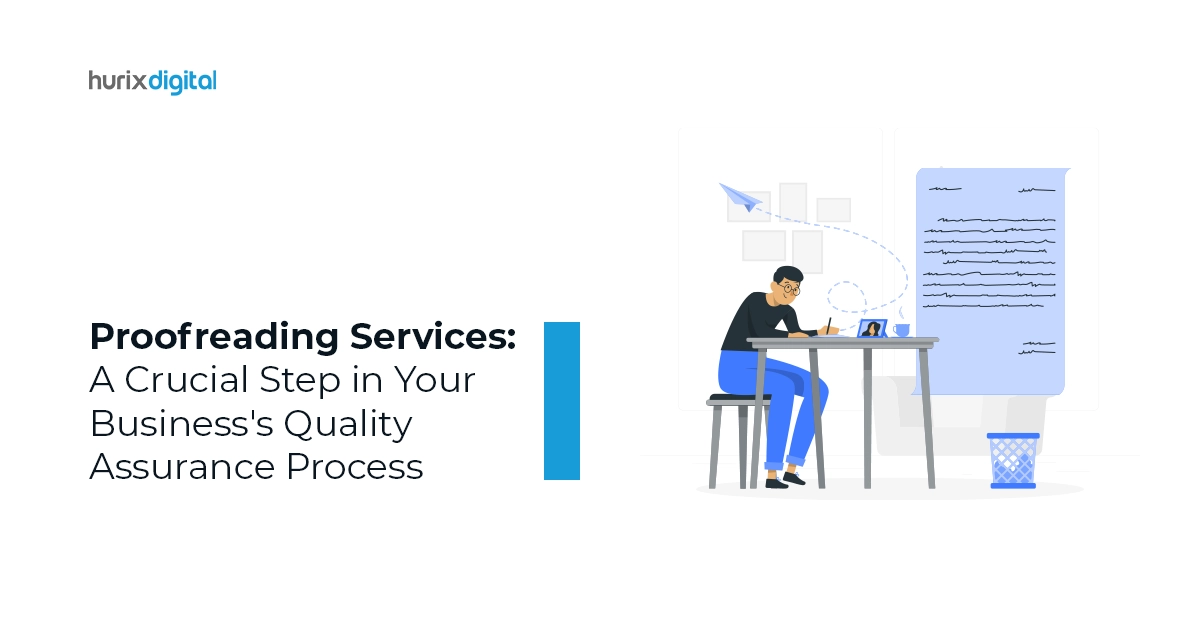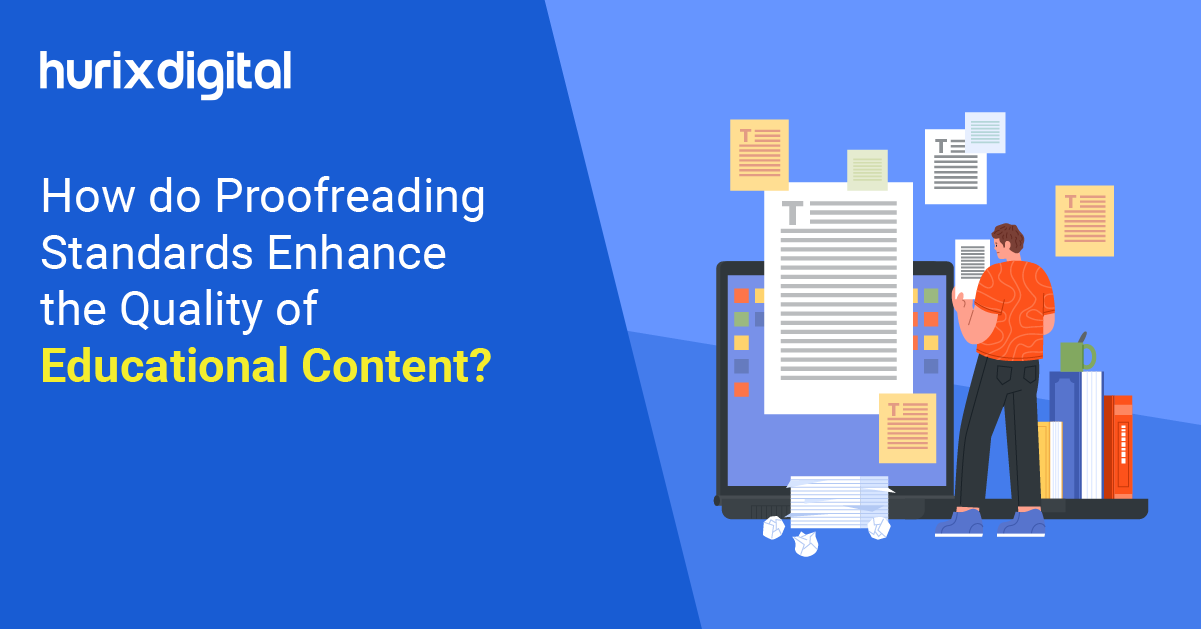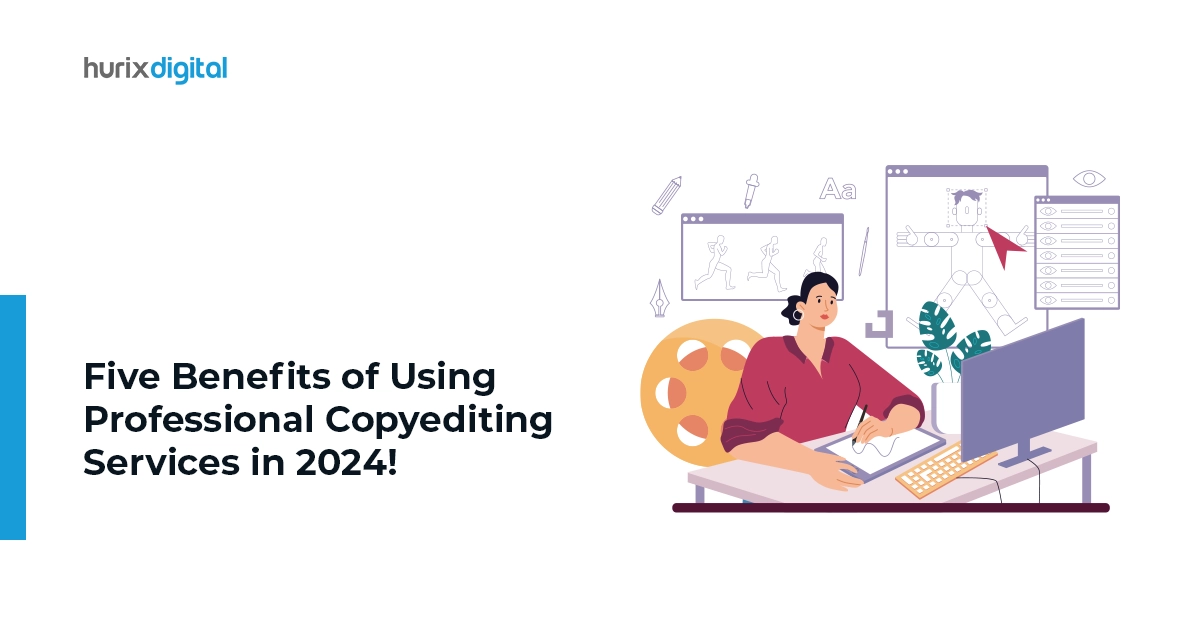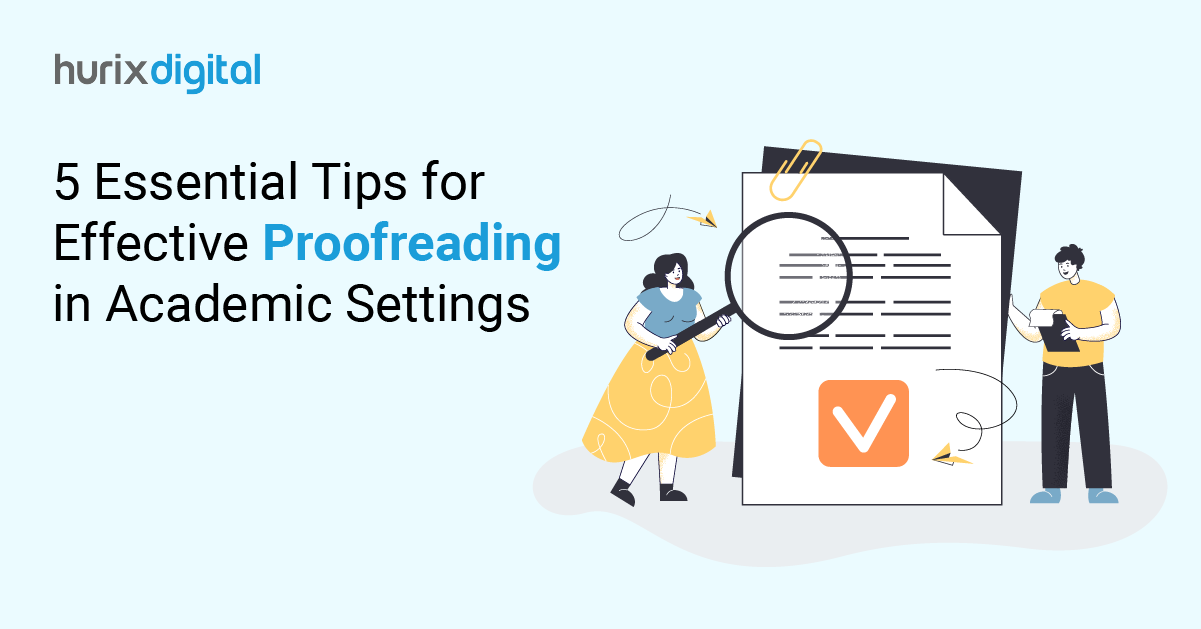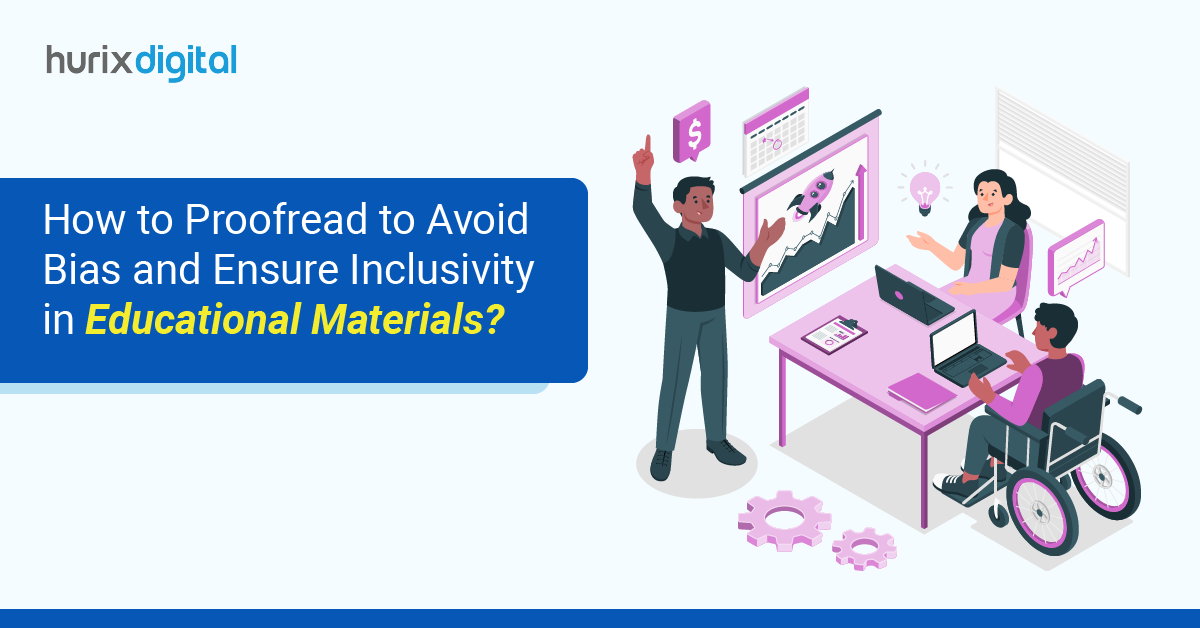
How to Proofread to Avoid Bias and Ensure Inclusivity in Educational Materials?
Summary
This article highlights the significance of proofreading educational materials to remove bias and encourage inclusivity. It explores methods for recognizing and addressing unconscious biases, ensuring that language and content represent diversity, and creating an inclusive learning atmosphere.
Beyond only checking for language and spelling mistakes, proofreading educational materials is an essential step in guaranteeing inclusivity and preventing bias.
Teachers may produce a curriculum that resonates with varied audiences, provides a welcoming environment, and displays sensitivity to different perspectives by carefully examining language, tone, and examples.
We’ll look at useful proofreading advice in this guide to make sure your instructional material is inclusive, respectful, and devoid of prejudices.
Table of Contents:
- How to Ensure Inclusivity in Learning Materials?
- Identify Your Audience
- Avoid Generalizations and Judgments
- Check for Biases and Stereotypes
- Be Conscious of Your Tone
- Keep Your Content Accessible
- Make Your Content Engaging
- Inclusive Design
- Get Feedback
- Avoid Using Derogatory Terms
- Be Age-Inclusive
- Be Sensitive to People with Disabilities
- Be Racially Aware
- Revise Your Content
- Be Consistent
- Summing Up
How to Ensure Inclusivity in Learning Materials?
Ensuring inclusivity in learning materials requires a thoughtful approach to language, tone, and representation. It’s about being intentional in your choices and recognizing the diversity of your audience.
Here are the top tips:
1. Identify Your Audience
Before you get down to proofreading, be clear about who your audience is and what their views, interests, and expectations are. That way, you can ensure that your content is respectful and accessible to them. Tools like surveys and analytics can help you understand your audience better.
2. Avoid Generalizations and Judgments
Avoid using terms that imply a norm or standard, such as “normal” or “regular.”. Words that imply a value judgment, like “good,” “correct,” and “bad”,” should also be used carefully.
Use qualifiers like “some,” “often,” and “many” to avoid using general terms like “always” and “everyone.” Whenever possible, substitute gender-neutral words like “they” or “them” for gendered pronouns like “he” or “her.”
3. Check for Biases and Stereotypes
Biases and stereotypes are perceptions based on limited or inaccurate information. These can be explicit or implicit and positive or negative.
To ensure that your content is free of bias and stereotypes, be careful about your assumptions and try to maintain a sensitive tone. Be mindful of the sources you rely on and try to ensure that they have diverse perspectives and don’t all have the same biases.
In order to prevent perpetuating traditional gender roles and guarantee that your material is inclusive of all genders, you should also take care to avoid occupational preconceptions, such as referring to doctors as “he” and nurses as “she.”
Also Read: The ROI of Proofreading Services: An Investment in Communication Excellence
4. Be Conscious of Your Tone
Your tone is how you express your attitude and emotions. A respectful and not condescending tone is more likely to reach your audience. When you proofread your text, look for tone. Avoid vague or extreme terms such as “ridiculous” and instead use more moderate language like “it has some drawbacks”.”
5. Keep Your Content Accessible
Ensure that people with different abilities and needs can understand your content. This will also give you a wider target audience. One way to do this is to use clear and simple language and avoid jargon.
Breaking up your content into points and lists can also help make it more readable and easier to scan.
6. Make Your Content Engaging
The likelihood that the reader will understand and retain the instructional material increases with its level of engagement. Enhance my writing by including multimedia such as graphics, audio, video, and photographs to make it more engaging.
7. Inclusive Design
One way to make your design inclusive is to include captions, transcripts, alt text, and descriptions. This can help people with visual, auditory, or cognitive disabilities.
Contrast, color, and font size can also help make the content more readable and visually engaging.
Finally, a flexible website design with intuitive navigation can help ensure that the content molds to different devices and screens without losing its flow.
Proofreading and editing services can also check for design accessibility.
8. Get Feedback
Feedback is a great way to improve your content and spot errors or biases that you might have missed.
Be open to feedback from others that could challenge your perspective and bring in divergent input. You can seek feedback from different sources, such as peers, experts, mentors, or even your target audience. It’s worth seeking feedback from diverse sources so that you get exposure to a range of perspectives.
9. Avoid Using Derogatory Terms
Outdated, derogatory, and insensitive terms like “handicapped” should be avoided. Instead, respectful terms should be used that are considerate and not offensive. Hiring academic editing services can help you avoid inappropriate language.
10. Be Age-Inclusive
Terms like “old people” or “the elderly” should be avoided when speaking of older people because they may be interpreted as demeaning and suggest weakness.
Think about the age range of your target audience, including if they are working past a certain age, such as 65 or 70, or are approaching retirement. To prevent creating stereotypes, exercise caution when making generalizations about younger age groups, such as millennials.
You may make sure that your content is appropriate and interesting for all age groups by using age-inclusive language. Using expert editing and proofreading services might help you stay sensitive to various demographics.
11. Be Sensitive to People with Disabilities
When you speak of people with impairments, use compassion. Words like “blind,” “deaf,” and “disabled” are occasionally taken as derogatory. Refrain from using terms like “sufferer,” “wheelchair-bound,” or “mentally handicapped” that could come across as victimizing or passive.
Instead, speak in a way that respects each person’s identity and experience by using inclusive language. Say “person with a disability” instead of “disabled person” to highlight the individual, and use phrases like “uses a wheelchair” rather than “wheelchair-bound.” This strategy encourages inclusivity and respect in your writing.
12. Be Racially Aware
Many racial and ethnic groups have preferences for the names they would like to be called, such as Native Americans or First Nations. For instance, some American citizens prefer to be referred to as African Americans rather than black people.
Some consider the term “Jews” offensive. Try to find out what are the preferred terms. Avoid outdated terms such as “Orientals” or “Chinamen”, which have derogatory connotations. You can refer to an inclusive language guide to help you keep your text from sounding prejudiced.
13. Revise Your Content
The final step of proofreading is to revise your content based on the edits you made and the feedback you received. Proofreading for inclusivity is a continuous process.
When revising the content, check the language and tone, and keep an eye out for assumptions or generalizations. You can also employ proofreading services to do the final round of editing.
14. Be Consistent
Consistency helps keep your educational content professional. Stick to the same pronouns and terms to avoid confusing readers. To ensure consistency, you can consider AI proofreading.
If you call men by their surname, call women by their surname as well. Calling women by their first name could come across as patronizing.
Also Read: 8 Pro Tips For Proofreading in 2024!
Summing Up
Proofreading is an integral part of ensuring that your educational material is bias-free and inclusive. From identifying your target audience to avoiding generalizations and getting feedback from others, make sure that you tick all the boxes.
Whether you need course development and editorial services, accessibility solutions, or digital content transformation, Hurix Digital has you covered. We ensure that your content meets the highest standards of inclusivity and sensitivity, helping you deliver educational materials that truly resonate with diverse audiences.
Schedule a conversation with us to know more!

Vice President – Digital Content Transformation. He is PMP, CSM, and CPACC certified and has 20+ years of experience in Project Management, Delivery Management, and managing the Offshore Development Centre (ODC).
